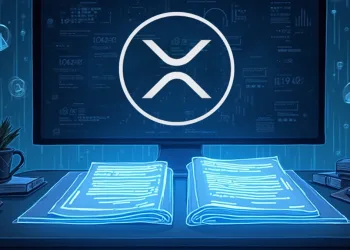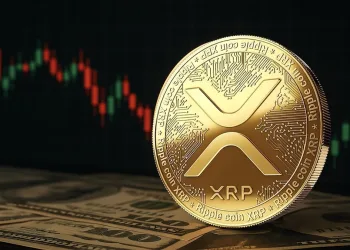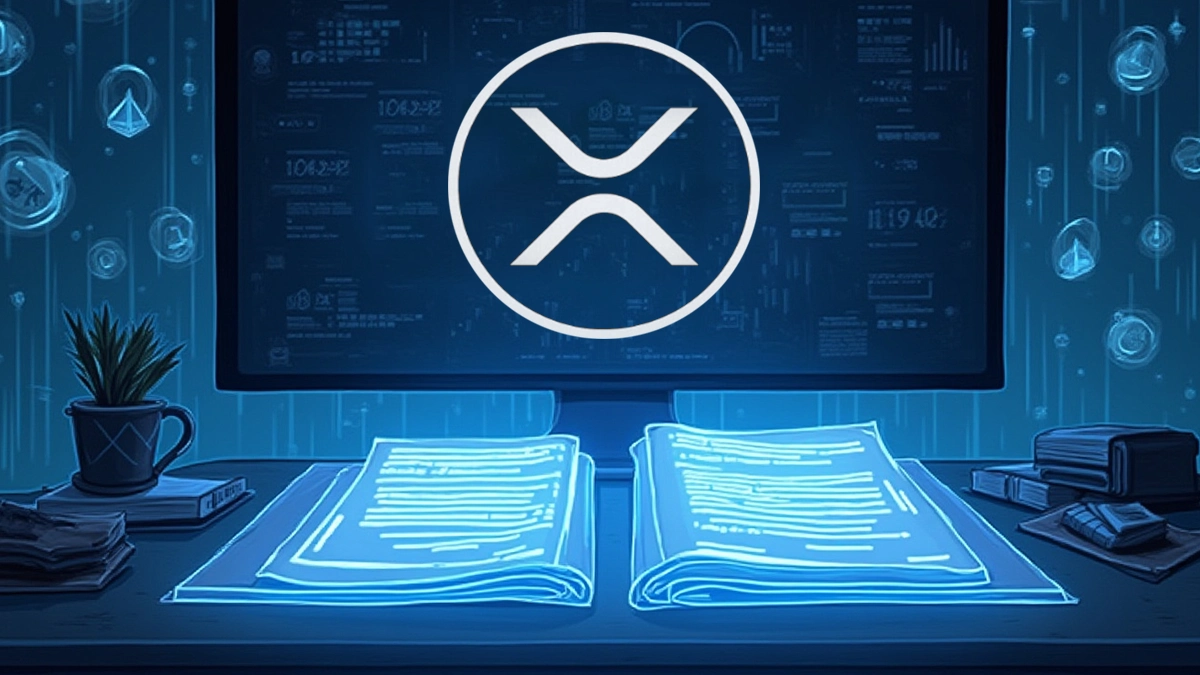- Staking-enabled ETFs could trigger major institutional inflows into Ethereum soon.
- Ethereum’s role in digital commerce may redefine it as financial infrastructure.
- Layer 2 growth and deflationary supply mechanics support ETH’s long-term bull case.
Ethereum, the world’s second-largest cryptocurrency, might be severely undervalued today, according to EMJ Capital founder Eric Jackson. He believes Ether (ETH) could eventually soar to $1.5 million per token. A series of developments in staking, ETF approval, institutional adoption, and a shift toward blockchain-based commerce acted as the catalyst. These factors, combined with Ethereum’s deflationary mechanics and rising use cases, may create one of the largest wealth creation moments in crypto history.
Jackson argues Ethereum is emerging as a financial infrastructure layer that surpasses its reputation as “digital oil.” The anticipated approval of staking-enabled Ether ETFs by U.S. regulators could ignite a wave of institutional inflows.
While spot ETH ETFs launched in July 2024, they’ve underperformed compared to Bitcoin ETFs. However, Jackson insists the real upside begins when staking gets approved expected before October.
Our analysis suggests the ETH network is underpriced.
— Eric Jackson (@ericjackson) July 13, 2025
It generates real revenue.
And once ETH becomes a productive, staked asset within an ETF wrapper…
It’s no longer just “digital oil.”
It’s an institutional-grade yield product.
Staking Approval Could Unlock Institutional Demand
Staking is a key part of the Ethereum network’s transformation. When ETH is staked, it earns yield while simultaneously reducing the liquid supply. If staking becomes accessible through ETFs, traditional investors will gain exposure to this yield without managing crypto wallets.
This could reshape Ethereum’s identity from a volatile asset to a yield-generating financial instrument. Jackson believes this combination of deflation and yield is underappreciated by the market. Moreover, ETF-staked ETH would make Ethereum more attractive for pension funds, asset managers, and banks audiences that previously avoided crypto exposure.
Ethereum Commerce and Layer 2 Expansion Fuel Bull Case
Beyond ETFs, Ethereum’s future may hinge on adoption by mainstream companies. Firms like Shopify, Coinbase, Circle, and Robinhood already utilize Ethereum for payment and trading infrastructure. If commerce continues shifting toward crypto rails, Ethereum becomes more than a speculative asset it becomes an essential digital economic layer.
Jackson’s “base case” sees ETH reaching $10,000 by 2026. His “bull case” pushes that to $15,000, driven by greater-than-expected adoption of Layer 2 networks like Base and Arbitrum.
BTW, I hate the term “digital oil” for ETH (as a counter for BTC as digital gold analogy)….
— Eric Jackson (@ericjackson) July 13, 2025
I would say, if you believe in $CRCL, $COIN (base), $SHOP, $HOOD, and some part of commerce stays in crypto and moves away from fiat, then you believe in ETH
If you believe in fiat,…
These networks lower fees and increase speed, enabling Ethereum to scale. However, if DeFi, stablecoins, and crypto commerce truly explode, ETH might become a “100-bagger,” as Jackson puts it.
Ethereum Price Action Shows Early Signs of Strength
Ethereum recently surged 17.84% in the last week, now trading at $3,037.99. Its market cap stands at $366 billion, signaling renewed interest. With $30 billion in daily trading volume and a deflationary supply structure, the groundwork is being laid for future growth.














